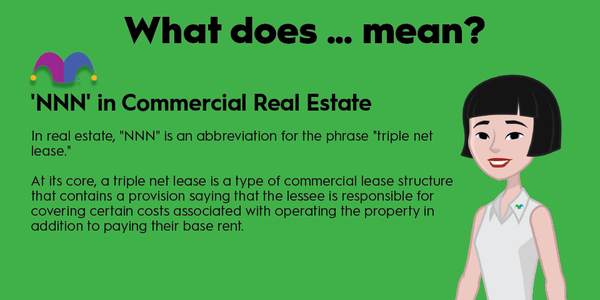A nest egg is a significant amount of money designated for a specific purpose, like retirement. A nest egg can refer to cash or other assets set aside for the future.
Here's a look at nest eggs, including how to build one, how much you'd need, and some examples.

Understanding nest eggs
Understanding nest eggs
A nest egg is a term derived from poultry farming. A farmer would place eggs (real or fake) into a nest to encourage hens to lay more eggs. More eggs increased the farmer's income.
That concept carried over into the financial world to refer to saving for the future. Today, we use the term nest egg to refer to money or other assets like stocks and bonds set aside for future use. Although retirement savings is the most common type of nest egg, it can also mean money saved up for a specific future purpose, like the down payment on a home or a child's education.
Bonds
How do you build a nest egg?
How do you build a nest egg?
The primary goal of a nest egg is to accumulate and preserve capital for a future need. Here are three important steps to take to build a nest egg:
- Select the ideal account: Where you build your nest egg is crucial because it can open up different investments and save money on taxes, enabling you to reach your financial goal sooner. For example, if you're building a retirement nest egg, you'd open a tax-deferred or tax-free retirement account like a traditional IRA or Roth IRA. Meanwhile, you could use a tax-advantaged HSA to save for a health-related expense, a tax-saving 529 plan to save for college, or a savings account to build up a nest egg to buy a house.
- Choose the right investments: You'll want to tailor your nest egg investments to your future needs. If you're saving for retirement and have decades before you retire, you'd want to consider higher-returning investments like an S&P 500 index fund that can help grow your nest egg faster than inflation. However, if you need the money in a few years for a specific expense, you'd want lower-risk investments to preserve capital, like government bonds, a high-yield savings account, and bank certificates of deposit (CDs).
- Steadily add to your nest egg: It's important to regularly add money to your nest egg to ensure you can achieve your financial goals. Ideally, you'd want to set an automatic monthly transfer to your designated account to ensure you stick to your savings plan.
How big of a nest egg do you need?
How big of a nest egg do you need?
The size of your nest egg depends on your savings goal, future expectations, and risk tolerance. For example, if you are saving to buy a home, you probably know how much you'll need for a down payment and closing costs based on your budget.
However, determining how big of a nest egg you'll need in retirement is a bit more complicated. You'll need to estimate how much money you'll need each year once you retire, your rate of return, inflation, and how long you'll need the money to last. Using a retirement calculator or working with a financial advisor can help you determine a good target for a retirement nest egg. A good rule of thumb is to grow your nest egg to a level where you can live off a 4% annual withdrawal rate. For example, if your nest egg is $1 million, you should be able to spend $40,000 each year and never run out of money. You'd build a bigger nest egg if you needed more money to live comfortably in retirement.
Examples of a nest egg
Examples of a nest egg
A recently married couple wants to buy a house and start a family in the next few years. They determined they'd need a $50,000 nest egg to accomplish this goal. They already have $15,000 saved in a high-yield savings account. They calculate that if they add $1,000 per month to their savings account, they can reach their desired nest egg in about three years.
A recent college graduate lands their first job and wants to start saving for retirement. They use a retirement calculator and determine they'd need to build about a $2.2 million nest egg to retire comfortably at age 67. To reach that goal, they'd need to save $650 a month (about 13% of their current income), using very conservative assumptions (5% rate of return, 3% annual inflation rate, and 2% annual salary increases). They open a 401(k) with their new employer and start saving immediately.




























